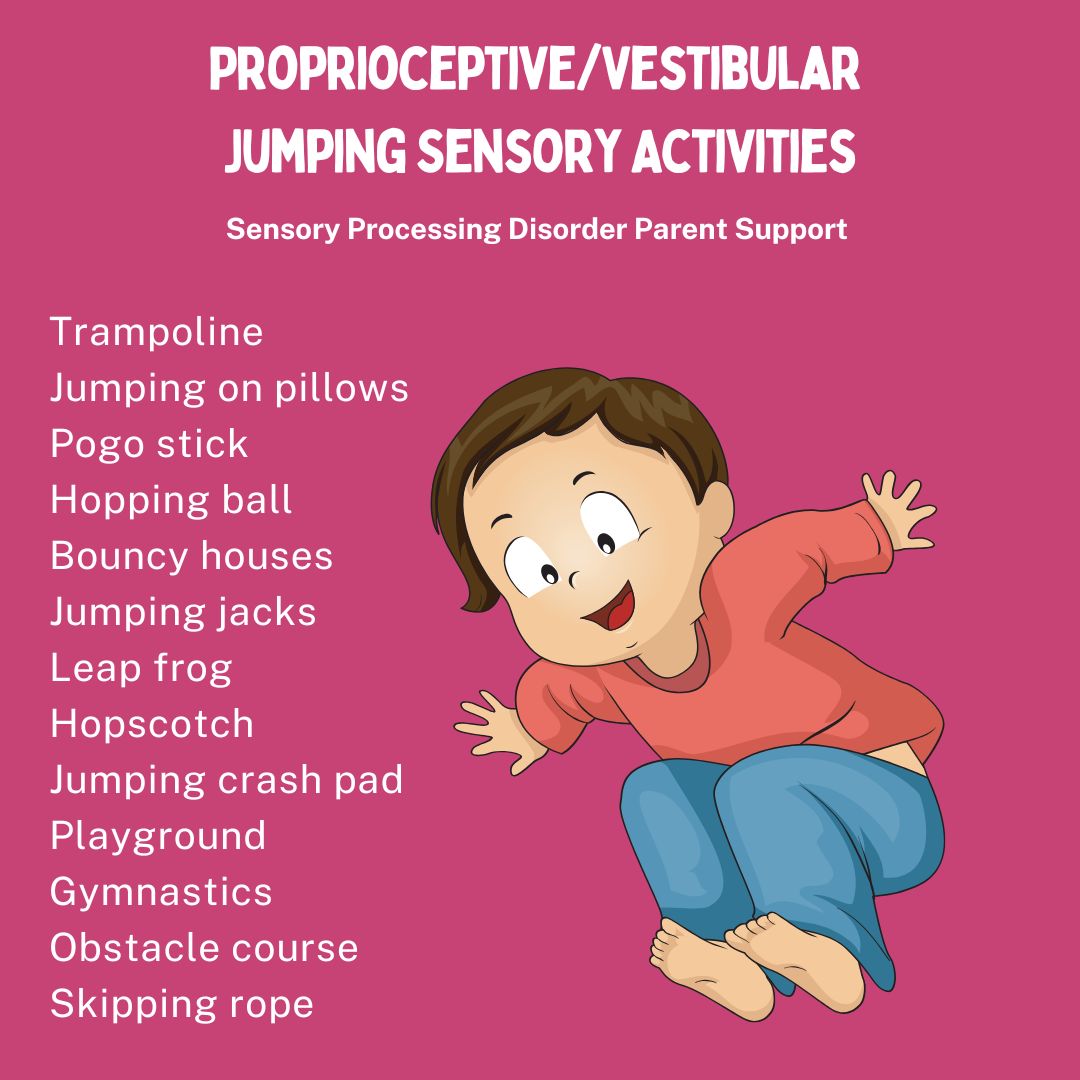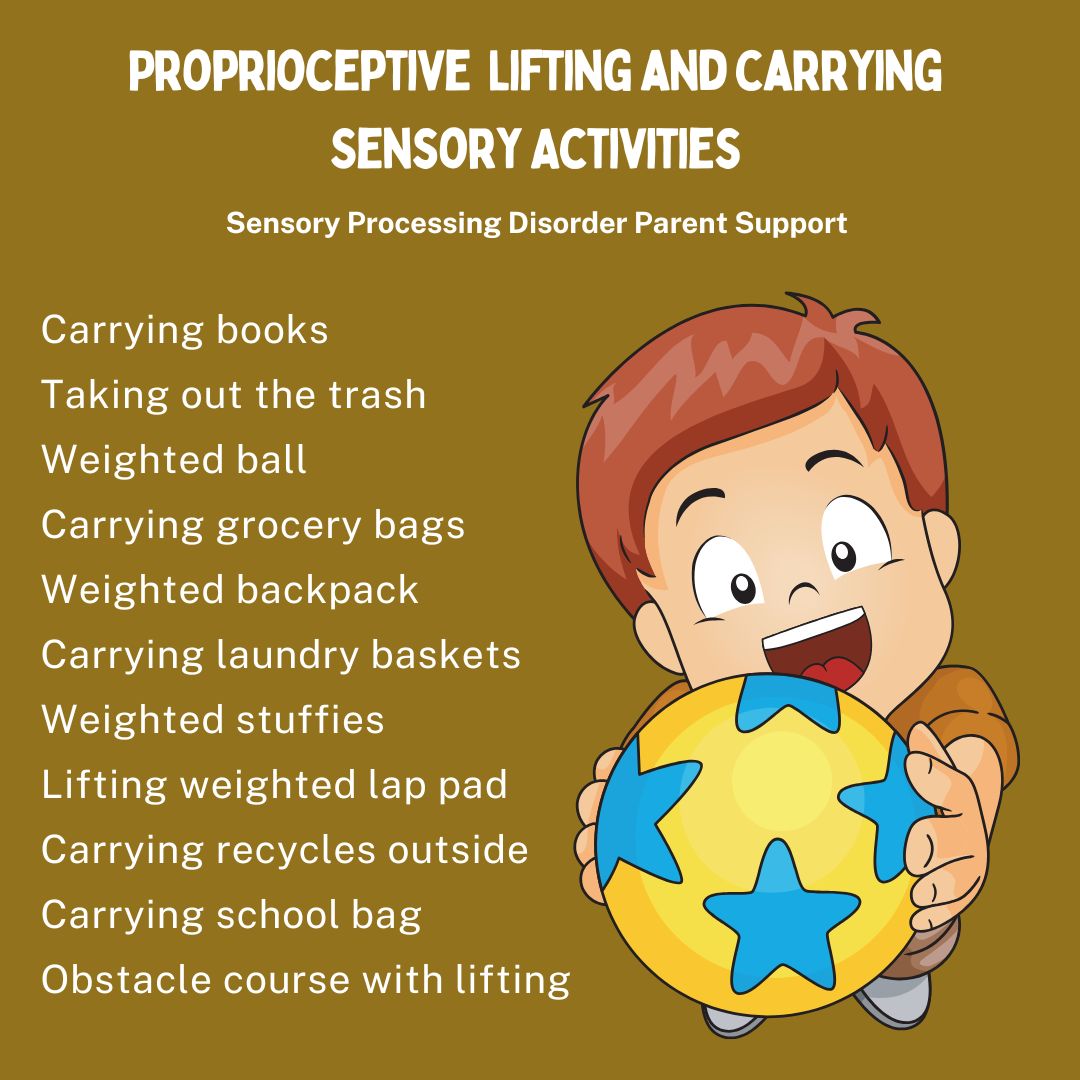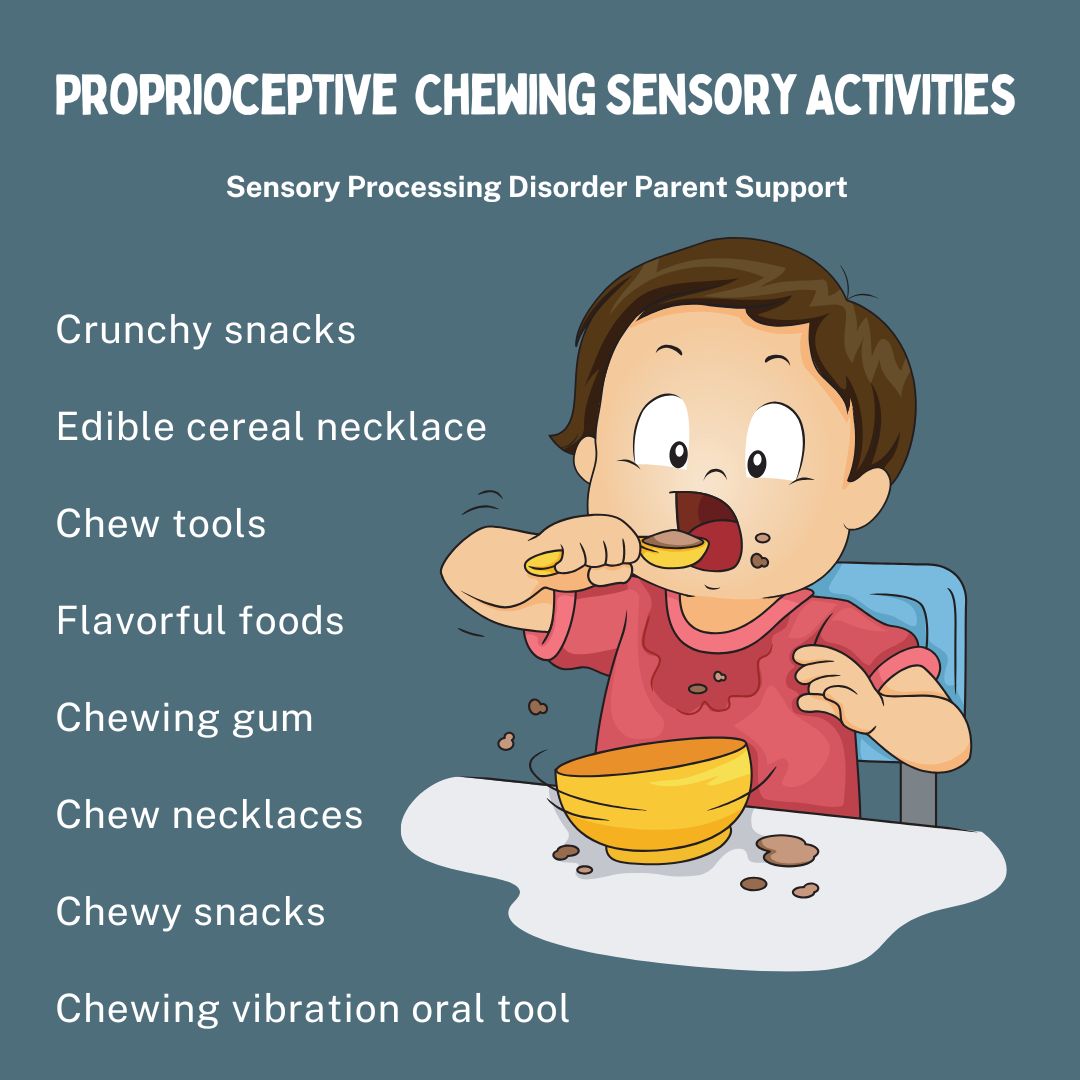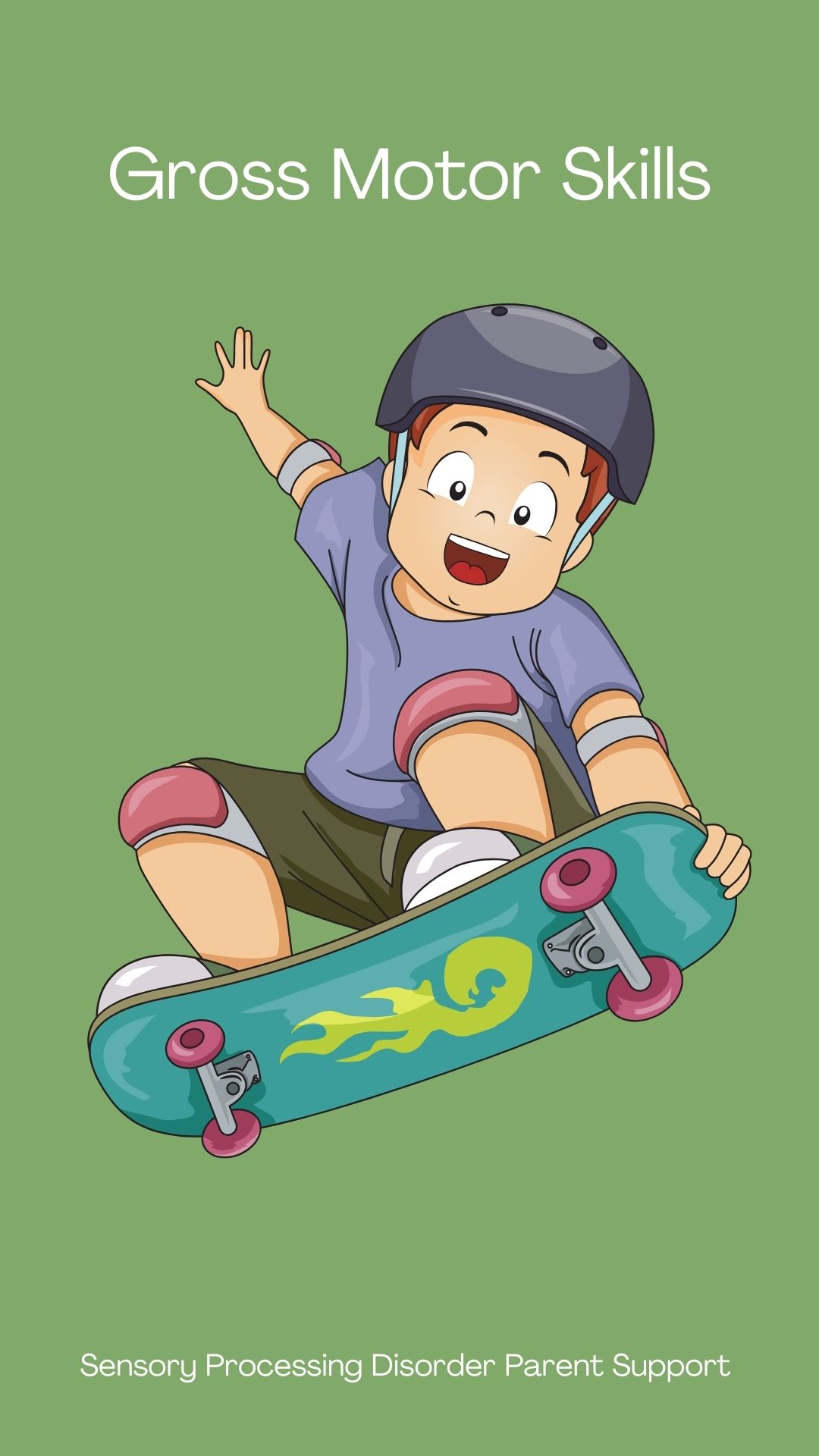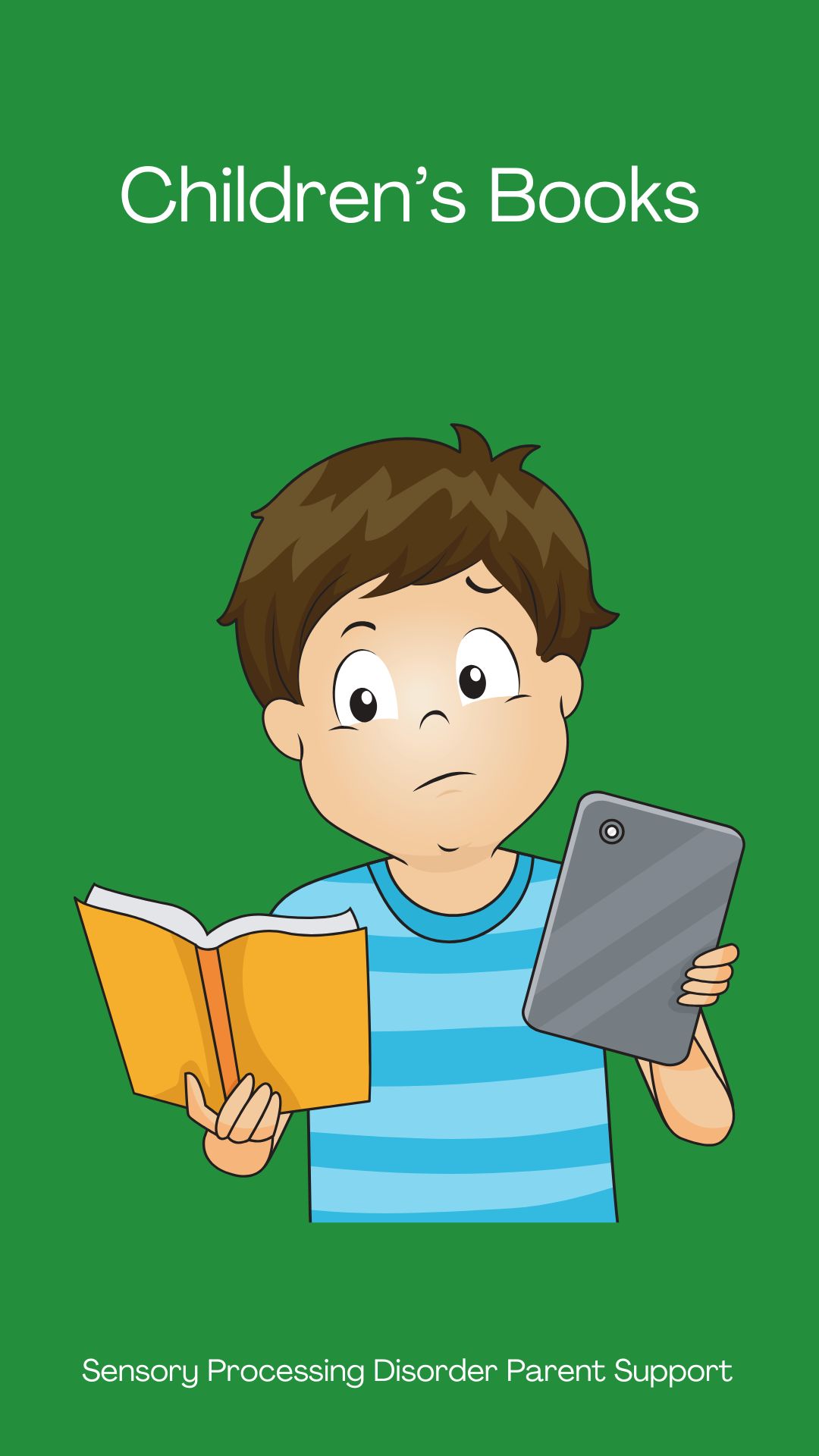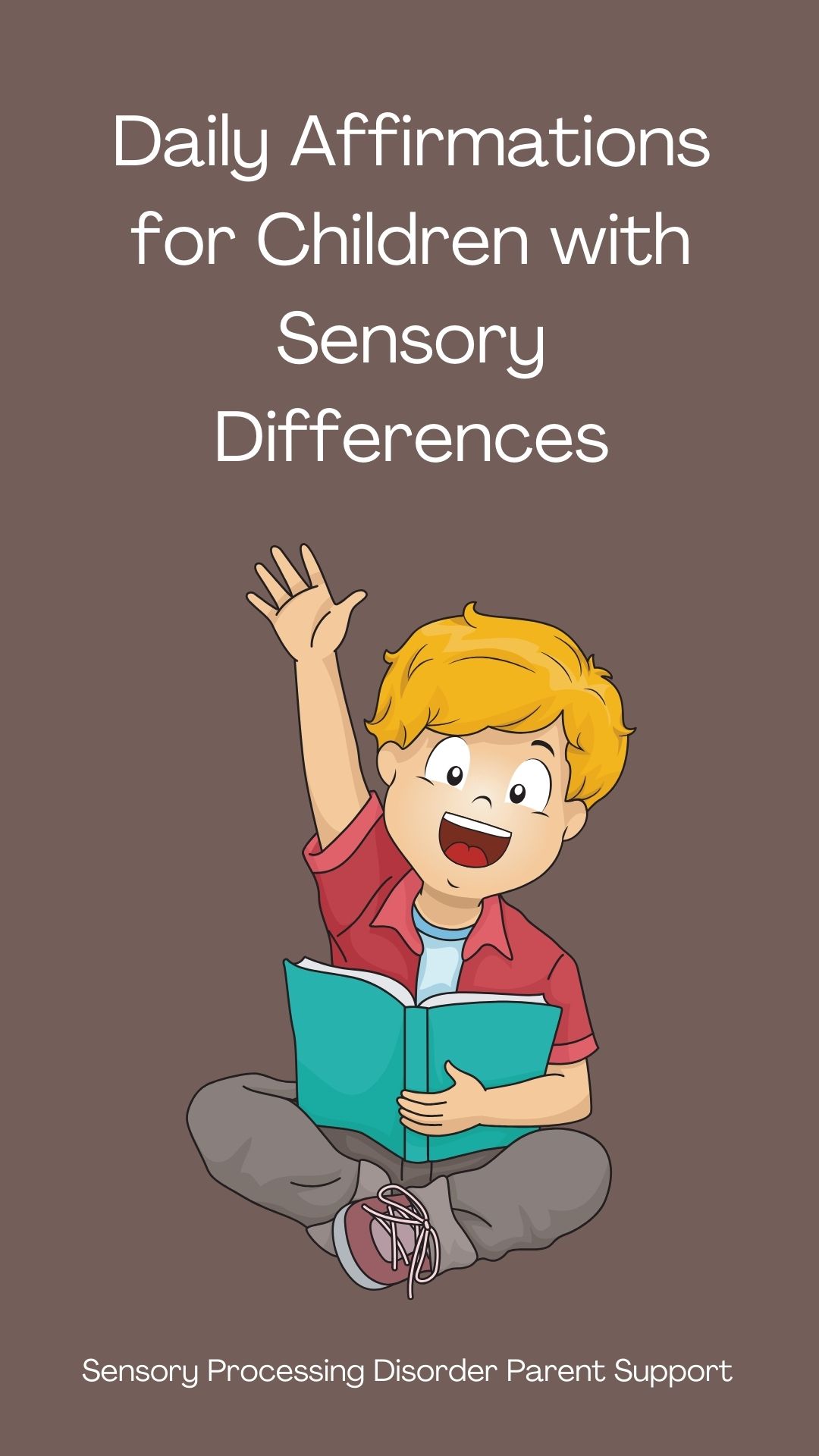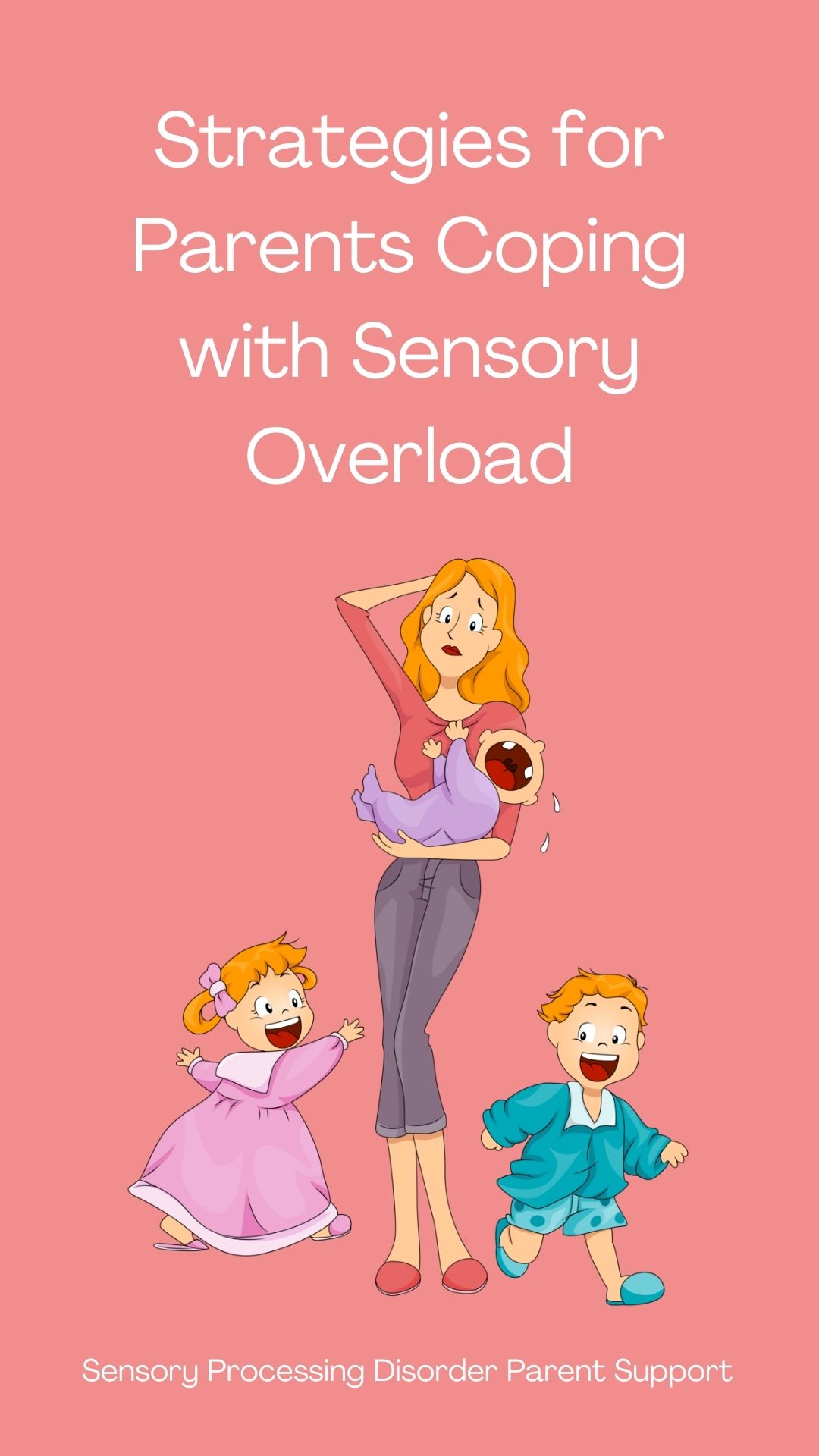
Sensory Processing Disorder Parent Disorder
Understanding Proprioceptive Sensory Activities
Children with sensory differences ... painting the world beautiful.
Understanding Proprioceptive Sensory Activities
Jeanette Loftus
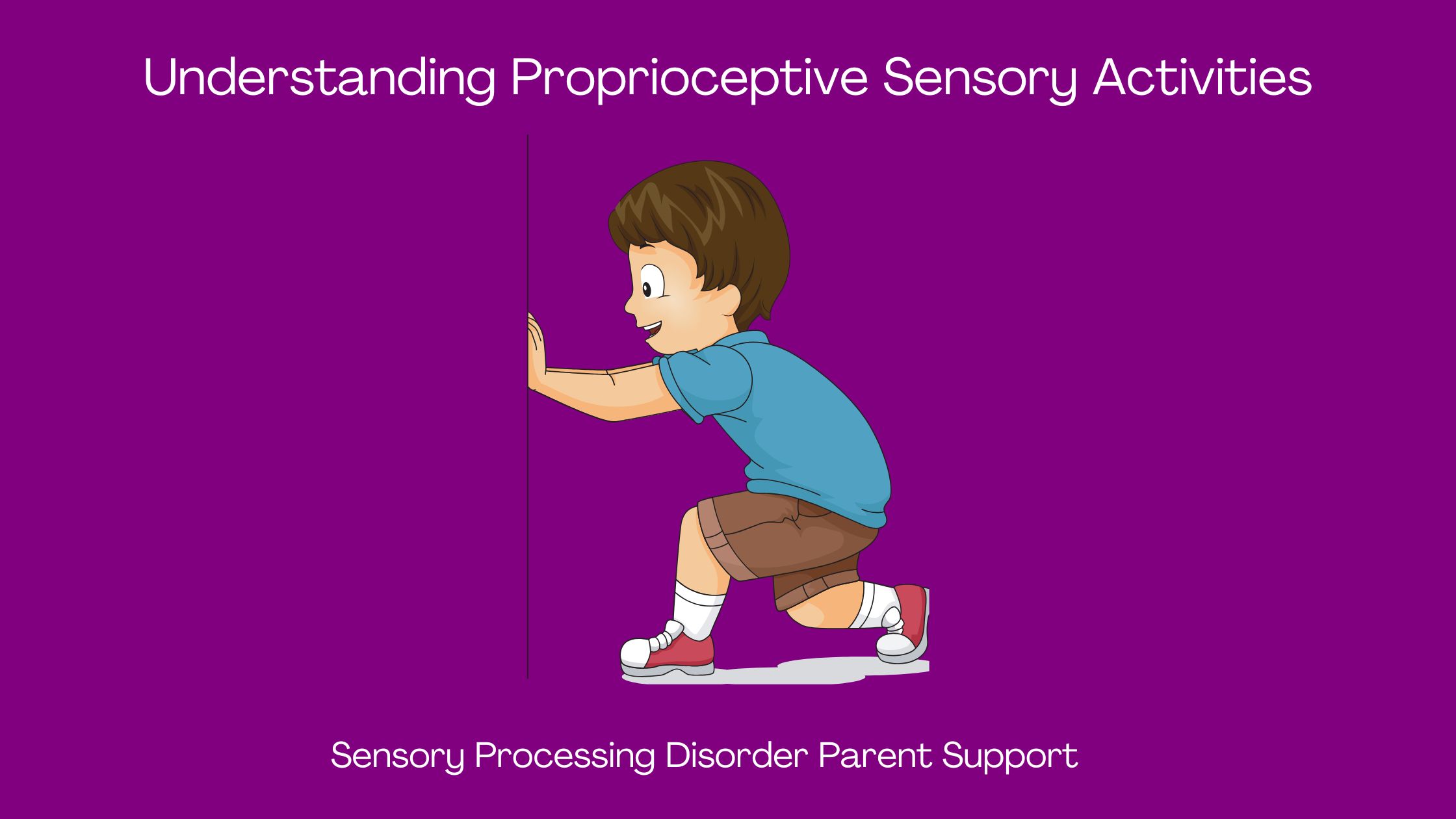
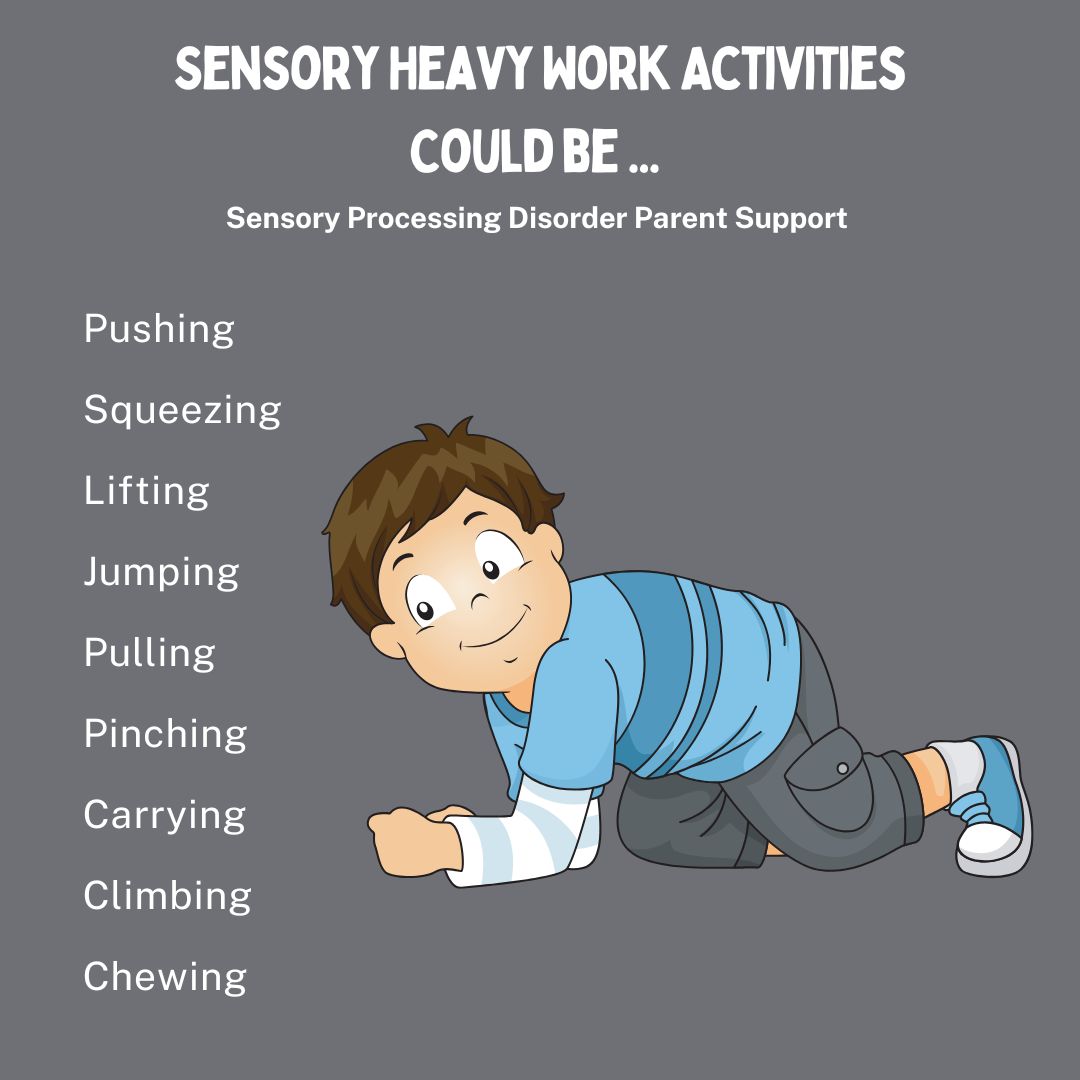
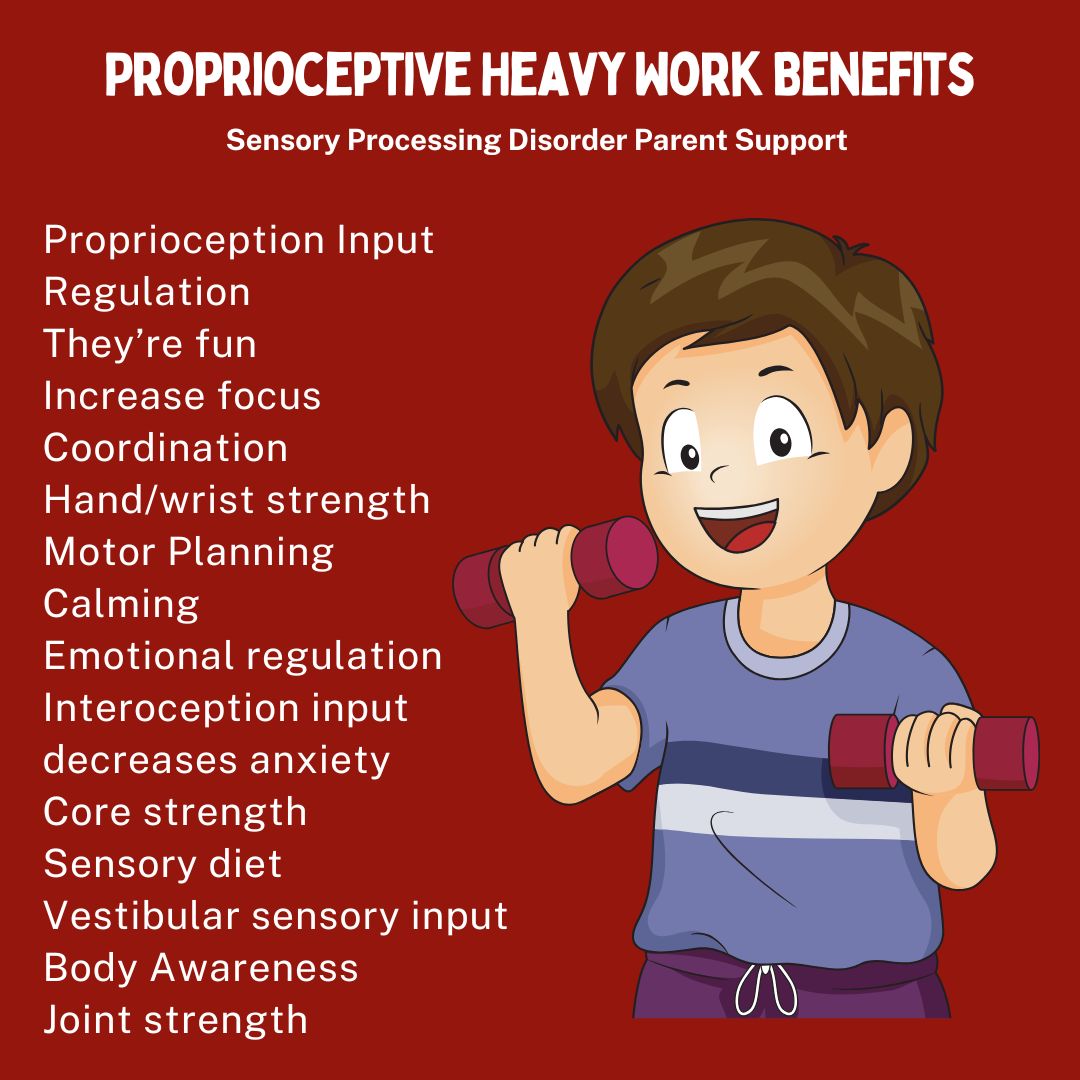
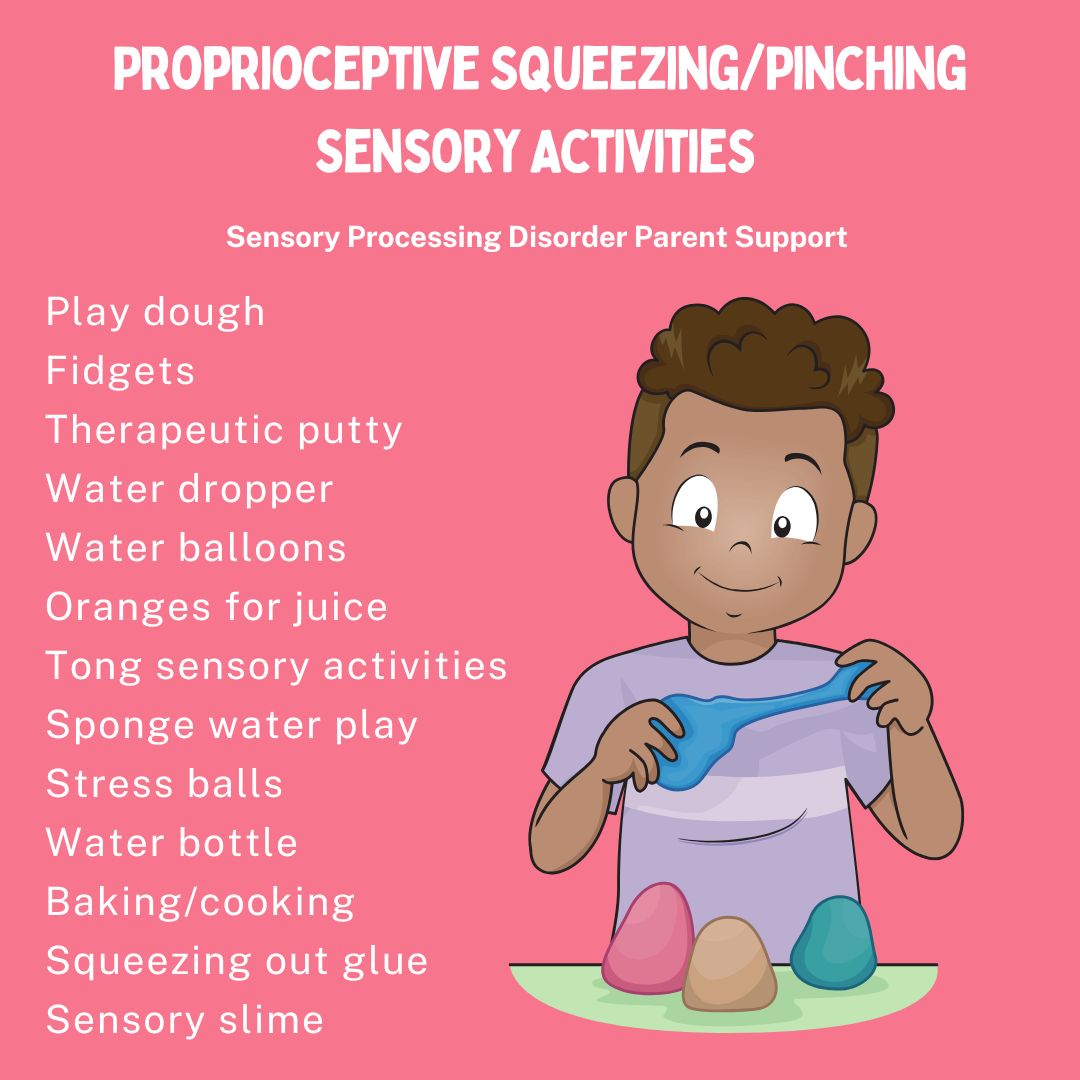
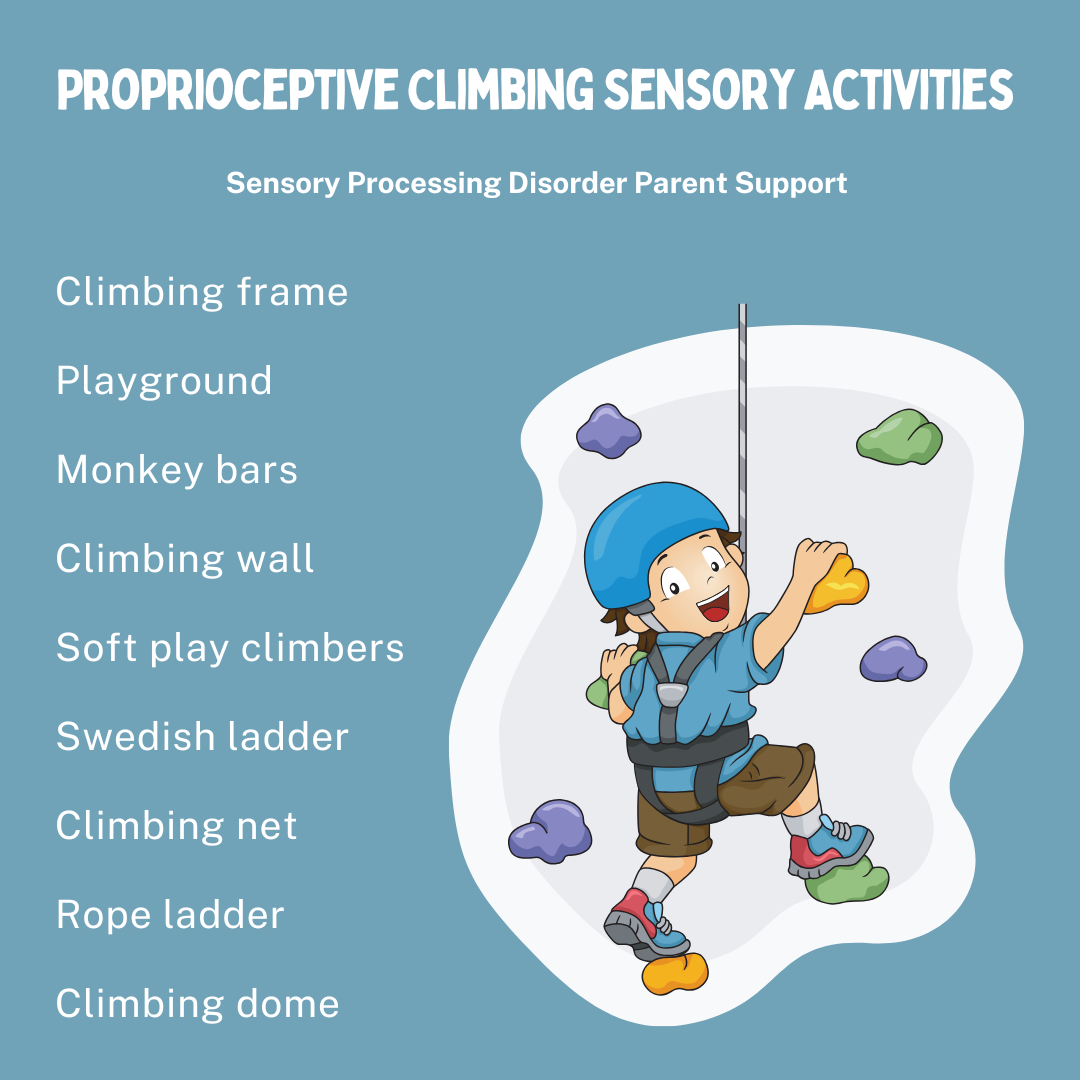
Pushing a nd pulling heavy work activities such as pushing a cart or pulling wagon are very effective ways to engage the proprioception system . These require significant muscle engagement and offer a child the chance to build their strength while also having a lot of fun.
Involve your child in games that require them to push against objects or pull something heavy because it provides them with important proprioceptive sensory input.

Jumping activities are both proprioceptive and vestibular input. This makes them very beneficial for devel oping body awareness and a child's balance. Sensory heavy work activities such as bouncing on a trampoline or participating in different jumping games can help s child understand how their body moves through space.
These sensory activities not only help build a child's physical strength but enhance their coordination and motor skills. Jumping on a trampoline supports proprioception through repetitive bouncing and helps develop a child's core strength. Jumping on and off different surfaces can help a child explore different levels of pressure and resistance.
